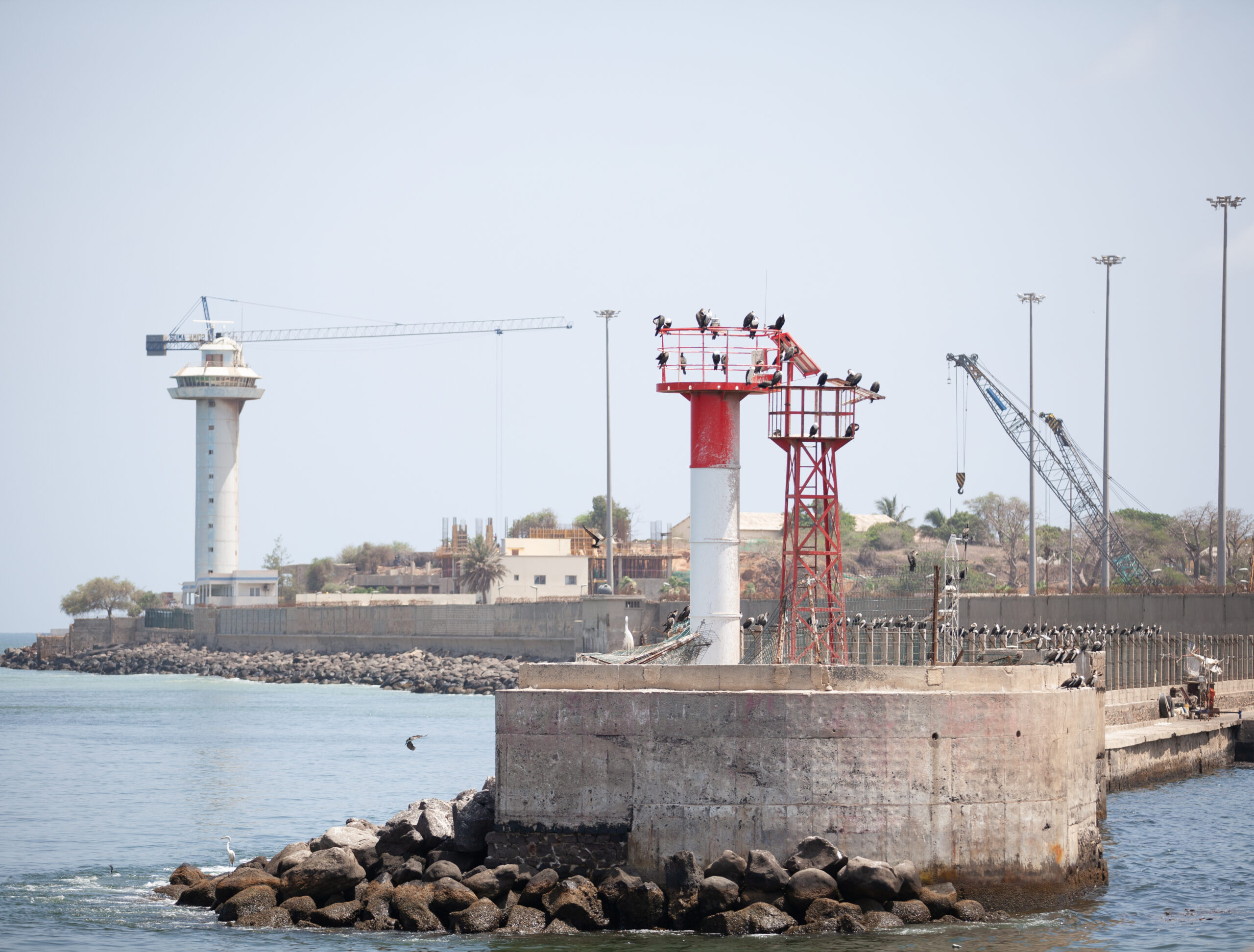Slow progress for Africa LNG sector
African LNG development continues to run into delays owing to various factors including a lack of investment, security issues and poor infrastructure.

Efforts are underway to bring more African LNG capacity online, as developers try to tap the continent’s abundant gas resources and meet high demand, especially from Europe. Africa benefits from its relative proximity to Europe, which is pursuing alternatives to pipeline gas imports from Russia in the wake of the war in Ukraine. However, various factors make it challenging to advance large projects in Africa, meaning that construction of such facilities can often run into delays, and this is likely to continue.
LNG development is taking place in numerous African countries. In East Africa, development has been prominent in Mozambique, with the Coral South floating LNG (FLNG) project already online, Mozambique LNG under construction – though currently stalled – and more capacity at earlier planning stages. In West Africa, the Greater Tortue Ahmeyim (GTA) project offshore Senegal and Mauritania, is a prominent major project that is thought to be close to start-up, despite running into some recent delays.
Obstacles to African LNG
Some of the obstacles with which LNG projects have been struggling affect infrastructure development on the continent more broadly.
“It’s hard to execute big projects in Africa in general,” the head of business intelligence at Poten & Partners, Jason Feer, told Gas Outlook. “Export projects can be hard because putting together financing can be a challenge. You need the usual credit-worthy off-takers and you often have to rely on export credit agencies as well, which often have additional levels of approval and more hoops to jump through,” he added.
For LNG projects specifically, Feer said progress overall in Africa has been slower than he would have expected.
For his part, a GlobalData oil and gas analyst, Tejomoortula Soorya Sreenivasu, described the recent pace of LNG facility development in Africa as “a mixed bag,” with some projects continuing with their development activities, while others remain mired in delays.
“While two liquefaction projects in Cameroon and Mozambique have started in the past five years, with two more expected to start by 2025 – including the GTA project and the Marine XII LNG projects in [the Republic of] Congo – the large Mozambique LNG project is currently stalled,” Sreenivasu told Gas Outlook. “The region’s LNG development pace, unsurprisingly, is hindered by security issues, lack of investments and poor infrastructure.”
Feer noted that politics can also throw up challenges, citing the delays in Mozambique. Construction on Mozambique LNG was stalled in 2021 amid an insurgency in the northern part of the country. However, the security situation has recently improved, and TotalEnergies is reportedly preparing to restart construction on the facility.
“Mozambique’s LNG industry has immense potential to transform the country’s economy,” said Sreenivasu. “However, the likelihood of Mozambique reaching its full potential remains uncertain and depends on its resolving critical challenges such as security concerns, inadequate infrastructure, financial debts and environmental issues,” he added.
“Mozambique [LNG] is a challenging project in terms of the resources needed and the complexity of executing a project in a remote region in a country that has never built such a large, complicated infrastructure project,” said Feer. He added that there were differing opinions among developers of additional Mozambican LNG capacity over whether to build their facilities onshore or to opt for FLNG.
“The fastest progress has been with FLNG and it looks as though a second floater will move before the onshore options,” he said. “You also have an improved security situation, but lingering concerns about that and questions about whether it might make more sense to move most production offshore. This would reduce efficiency, and possibly overall capacity, and it would generate fewer local jobs. But it would probably be faster and would likely reduce the security concerns,” he added. “Balancing these kinds of trade-offs is something the sponsors have to do.”
FLNG potential
Despite the trade-offs involved, though, FLNG is seen as an attractive option for numerous African countries with extensive deepwater gas resources.
“FLNGs require relatively less investment, limited infrastructure and shorter development timelines when compared to onshore terminals,” said Sreenivasu. “This is of special significance to LNG development in Africa, as many projects are being delayed or stalled due to lack of investment, security and infrastructure concerns.”
Sreenivasu also pointed to a lower risk of local opposition to offshore infrastructure compared with onshore facilities. This could be viewed favourably by investors, who are already increasingly cautious about funding large-scale LNG facilities with long lifespans in the face of the energy transition.
“I think FLNG is proving to be an attractive option globally,” said Feer. “We’re seeing Gulf of Mexico projects move ahead and in Africa, FLNG may help address the security challenges I mentioned. Provided the scope of the projects is limited and you don’t see cost overruns like we saw with [Australia’s] Prelude, for example, FLNG seems viable.”
Looking ahead, there are several African countries where LNG developments could be worth watching over the coming years. For Feer, Mozambique continues to be notable, as the partners in the Area 4 concession – where Coral South LNG is located – are also developing the Rovuma LNG project.
“Tanzania is well behind Mozambique but the gas is there and politics may be more manageable,” Feer said.
Sreenivasu also pointed to the planned Lindi onshore terminal in Tanzania and also highlighted projects in Nigeria, Djibouti and the Republic of Congo.
“Nigeria is expected to add around 11 mtpa by 2030, led by the Nigeria LNG T7 expansion project (8 mtpa),” Sreenivasu added. “Djibouti would add 3 mtpa capacity through Damerjog Floating LNG and Congo Republic is expected to add another ~3.2 mtpa through its floating LNG projects in the Marine XII field.”
